| Back to Back Issues Page | ||||||||||||
 |
||||||||||||
|
Tomato Dirt #335: How to get more flowers (and fruit) on your tomato plants May 15, 2025 |
||||||||||||
Tomato Dirt Newsletter
|
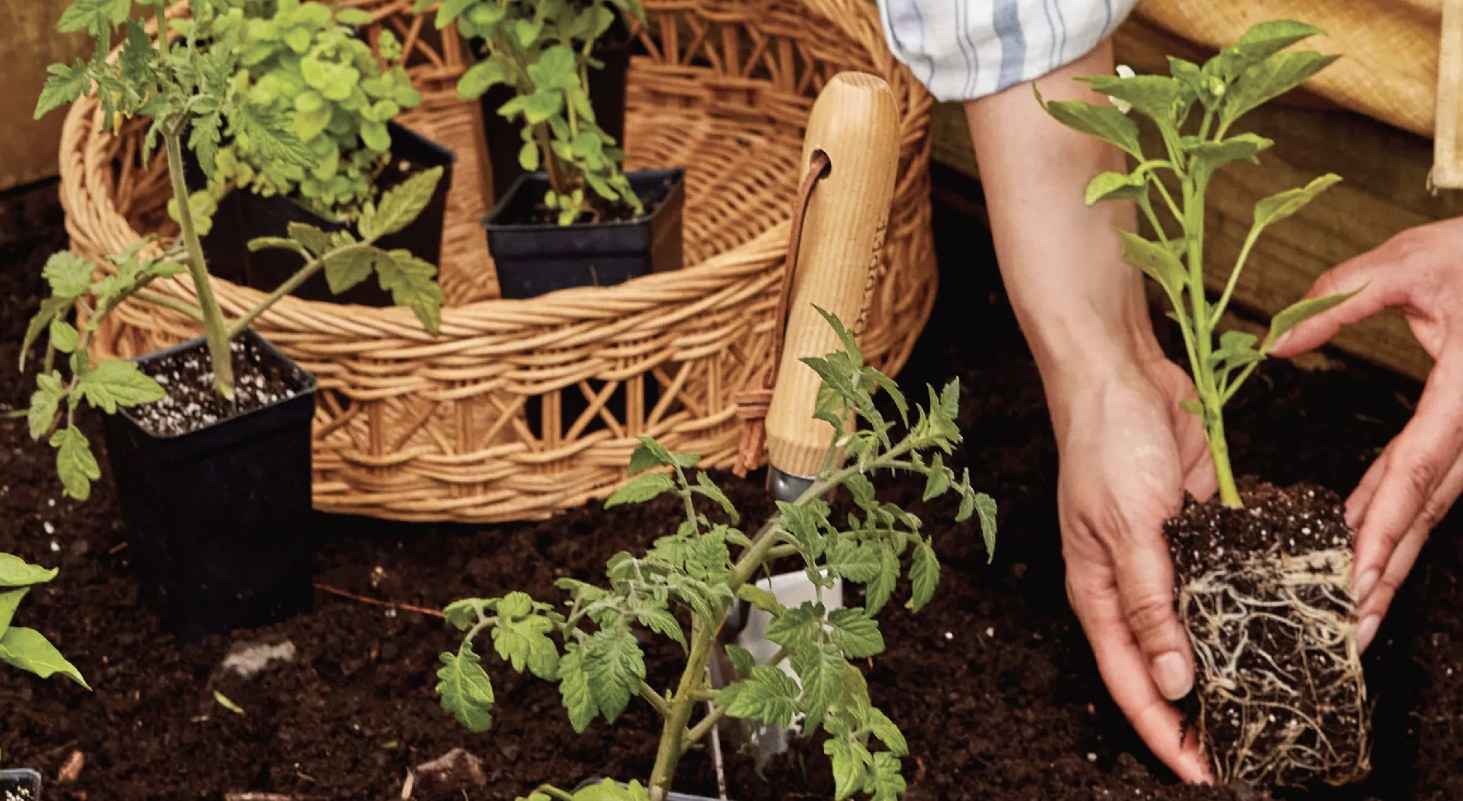 |
Plants … perennials … herbs … composters … raised beds … frost protection … containers … all the things you need and want for your garden this season are available. And you can save big!
You can get 25% off Sitewide with code GROW525 (exclusions apply) at Burpee May 16-18 ONLY!
And since Burpee has been around for more than 140 years, they’re able to answer your gardening questions, too.
Remember – use code GROW525. It’s good May 16-18 ONLY.
Check for tomato growing tips each day on our Facebook page
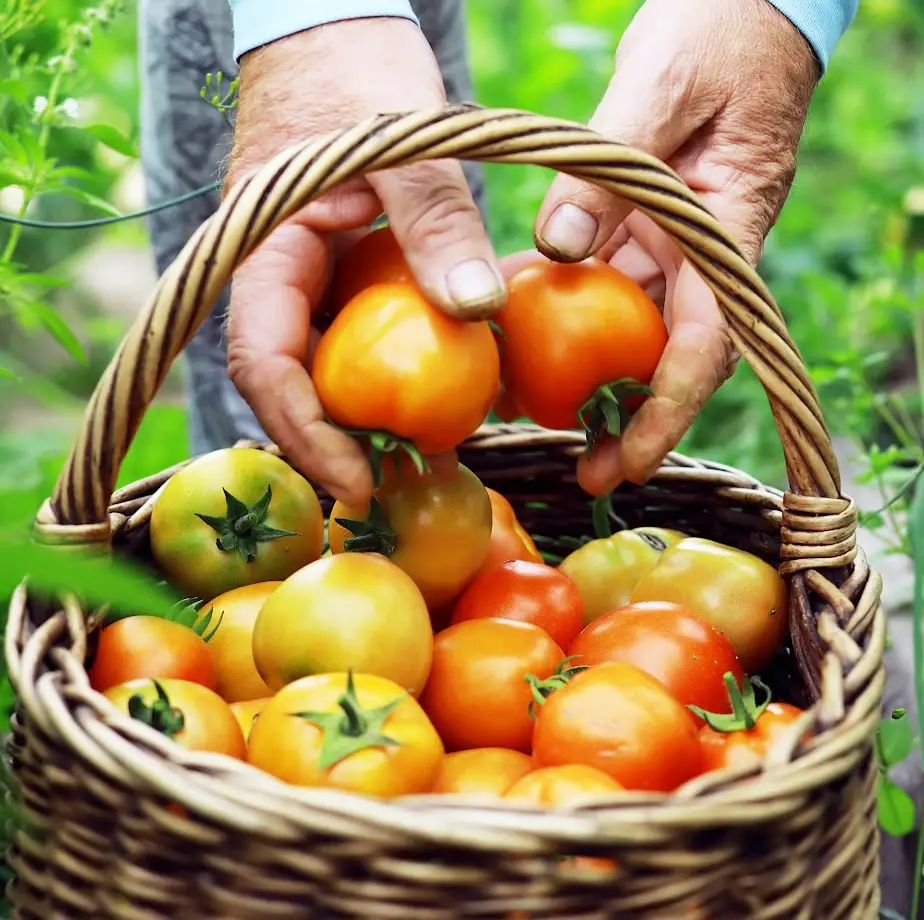 |
You’re invited to like Tomato Dirt's Facebook page and get plenty of tomato growing tips.
And please share our page with other gardeners you know!
Hop on over to Facebook and click “Like” right now, while you’re thinking about it.
FEATURE: How To Get More Flowers (and Fruit) On Your Tomato Plants
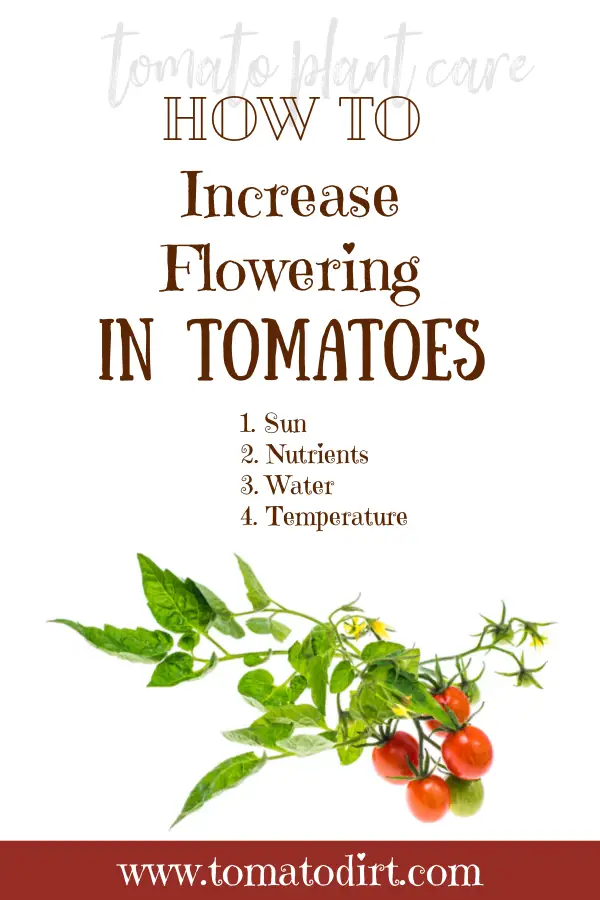 |
Image: Tomato Dirt |
More flowers, more fruit.
Which is why every gardener wants to know how to increase flowering in tomatoes.
Here’s the dirt: tomatoes produce flowers when they have the sun, nutrients, water, and conditions they need to thrive.
Without those elements, they’re stressed.
Stressed tomato plants simply try to survive.
But if you give them an ideal environment, they have the energy to produce lots of flowers and fruit.
Tomatoes typically begin flowering about 1 month after they are transplanted in the ground.
Small yellow flowers first develop on plants that are Keep reading …
Best Tips for Growing Tomatoes: Bestseller in 89 Countries
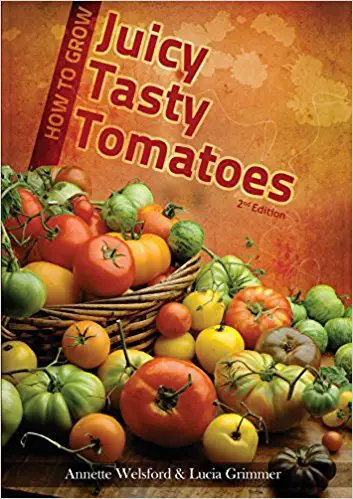 |
You’ll be able to diagnose pest and disease problems using step by step priceless information, illustrated with 260 full color photos.
Get the book and you’ll also get 6 free bonuses, including the Family Tomato Cookbook and a database of 1300 varieties of tomatoes. More details here.
Tomato Growing Tip: Improve Pollination When ...
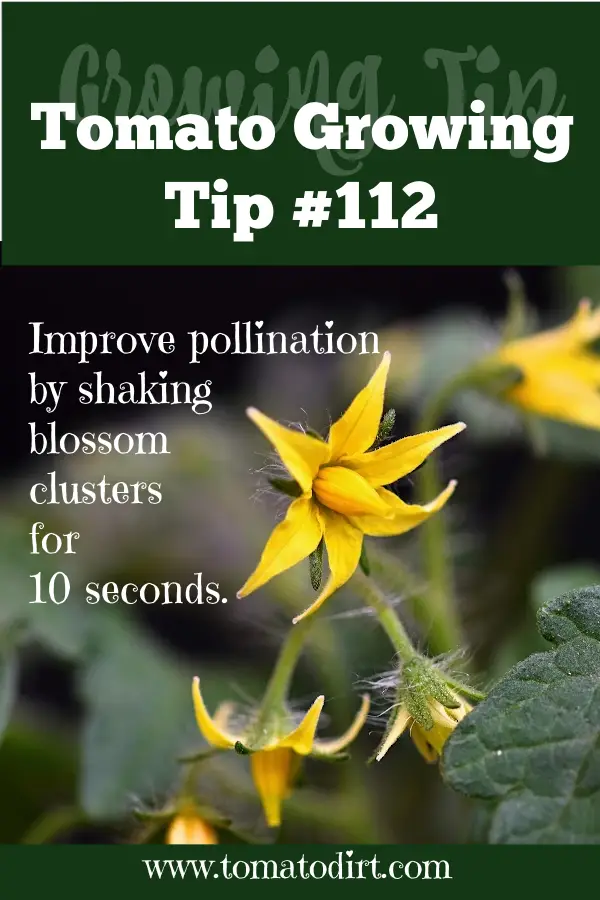 |
Image: Tomato Dirt |
Get more tips for growing tomatoes on our Tomato Growing Tips Pinterest board.
Create Your Own Compost and Save Money
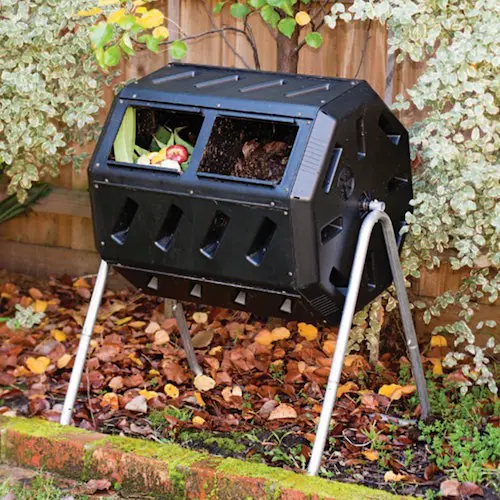 |
And you don’t need to pay top dollar for this amazing soil enricher. You can create your own compost right in your backyard using simple kitchen and garden refuse.
The best way to do that is by using a compost bin.
Building and maintaining a compost pile is the surest, easiest way to become a better gardener. And it’s great for the environment.
Not only will you be producing the best possible food for your garden, but by watching leaves, eggshells, orange rinds, and grass clippings become transformed into rich compost filled with earthworms and other soil creatures, you'll help re-use resources that you might otherwise throw away. Check out different kinds of compost bin models offered to Tomato Dirt readers from our friends at Burpee’s – and choose the one that works best for you.
More Tips on Tomato Plant Care
| Use This 6-Step Checklist for Tomato Plant Care | Help Your Tomatoes Set Fruit With These Tips | Pruning Tomatoes: How and When To Do It | 10 Companion Plants That Protect Tomatoes from Pests |
|---|
That’s it for now. More next time.
Until then, happy gardening!
![]()
Kathy with Tomato Dirt
www.tomatodirt.com
Find us on Facebook!
